Jordi Munoz-Mari
Learning User's confidence for active learning
Apr 15, 2021



Abstract:In this paper, we study the applicability of active learning in operative scenarios: more particularly, we consider the well-known contradiction between the active learning heuristics, which rank the pixels according to their uncertainty, and the user's confidence in labeling, which is related to both the homogeneity of the pixel context and user's knowledge of the scene. We propose a filtering scheme based on a classifier that learns the confidence of the user in labeling, thus minimizing the queries where the user would not be able to provide a class for the pixel. The capacity of a model to learn the user's confidence is studied in detail, also showing the effect of resolution is such a learning task. Experiments on two QuickBird images of different resolutions (with and without pansharpening) and considering committees of users prove the efficiency of the filtering scheme proposed, which maximizes the number of useful queries with respect to traditional active learning.
A survey of active learning algorithms for supervised remote sensing image classification
Apr 15, 2021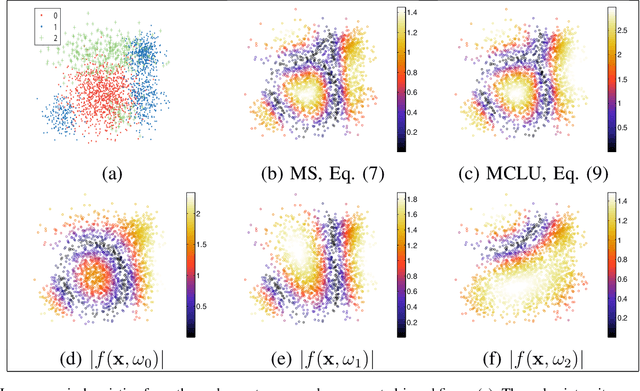
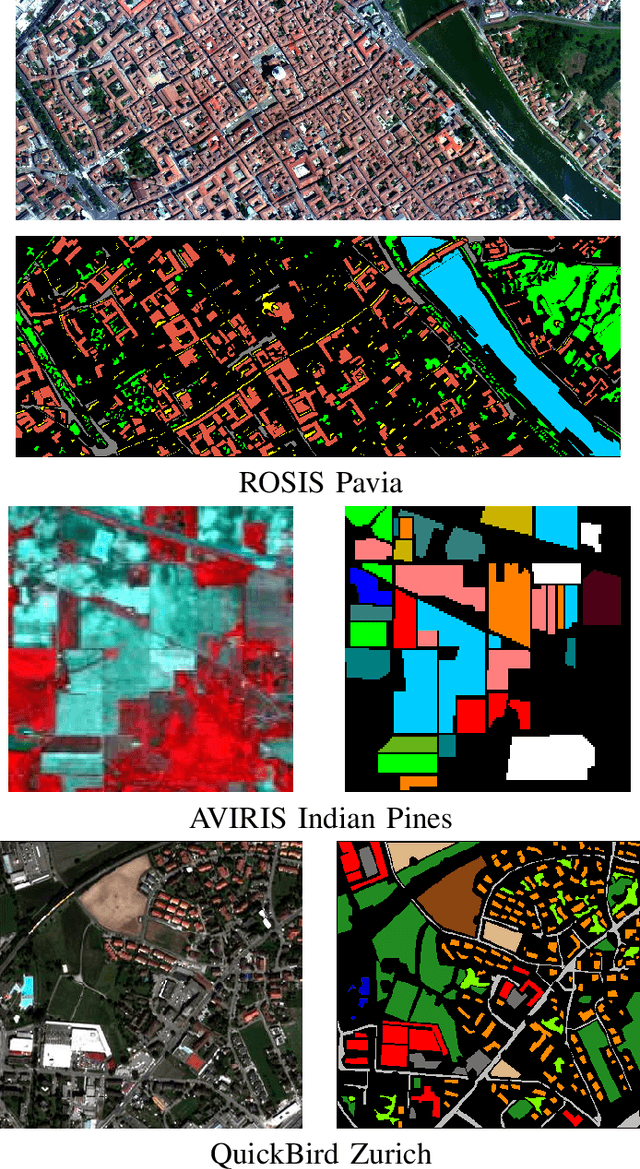
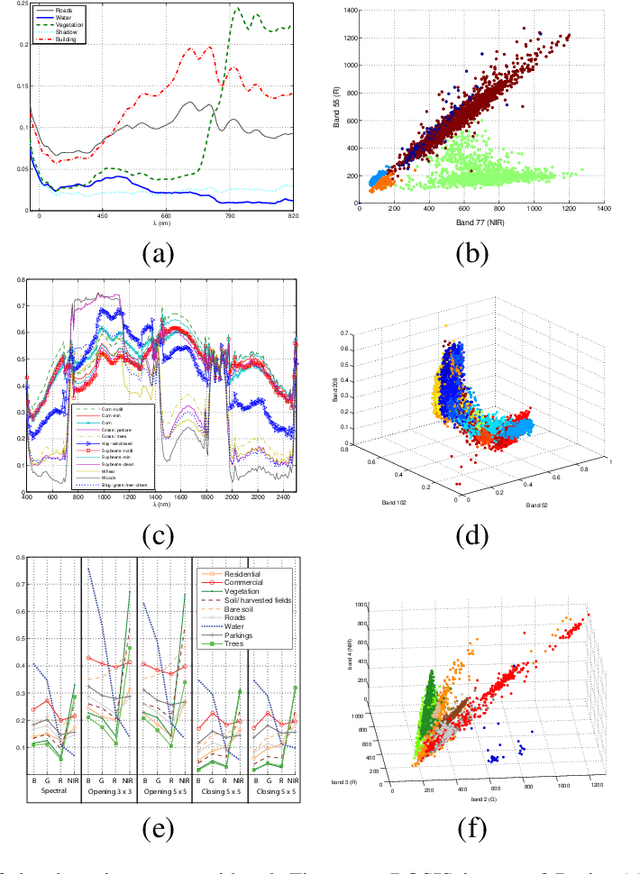
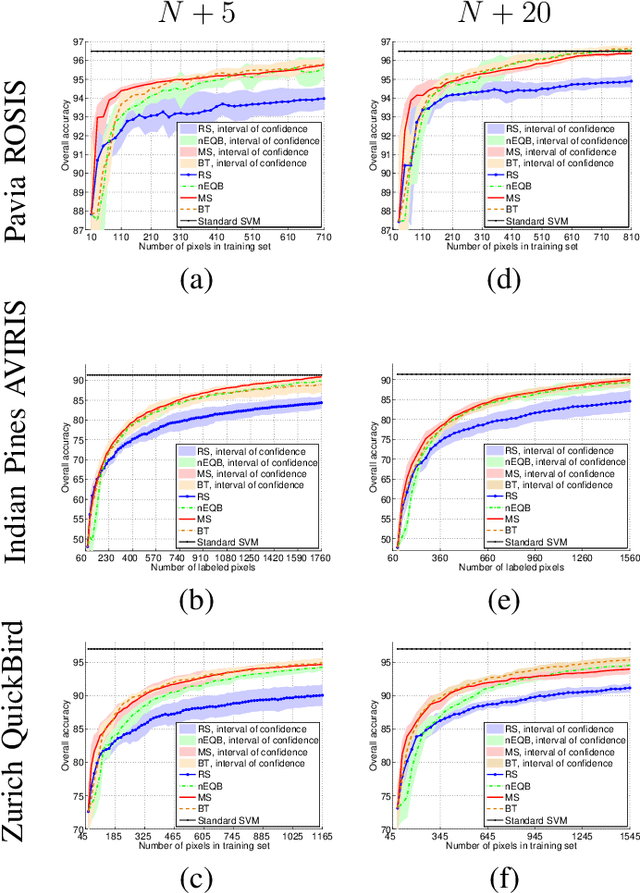
Abstract:Defining an efficient training set is one of the most delicate phases for the success of remote sensing image classification routines. The complexity of the problem, the limited temporal and financial resources, as well as the high intraclass variance can make an algorithm fail if it is trained with a suboptimal dataset. Active learning aims at building efficient training sets by iteratively improving the model performance through sampling. A user-defined heuristic ranks the unlabeled pixels according to a function of the uncertainty of their class membership and then the user is asked to provide labels for the most uncertain pixels. This paper reviews and tests the main families of active learning algorithms: committee, large margin and posterior probability-based. For each of them, the most recent advances in the remote sensing community are discussed and some heuristics are detailed and tested. Several challenging remote sensing scenarios are considered, including very high spatial resolution and hyperspectral image classification. Finally, guidelines for choosing the good architecture are provided for new and/or unexperienced user.
Learning Structures in Earth Observation Data with Gaussian Processes
Dec 22, 2020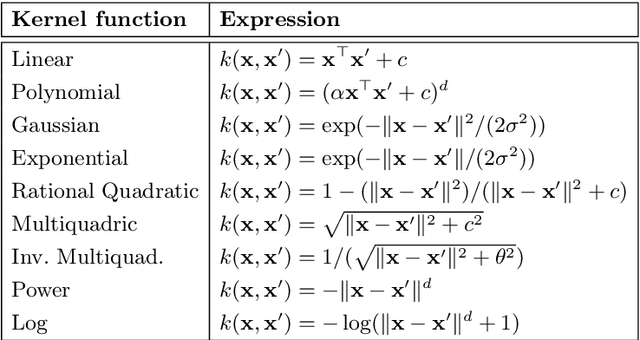
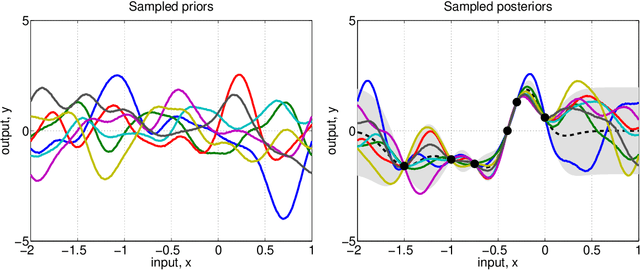

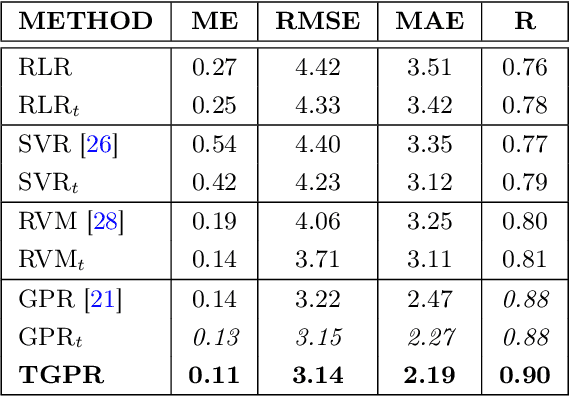
Abstract:Gaussian Processes (GPs) has experienced tremendous success in geoscience in general and for bio-geophysical parameter retrieval in the last years. GPs constitute a solid Bayesian framework to formulate many function approximation problems consistently. This paper reviews the main theoretical GP developments in the field. We review new algorithms that respect the signal and noise characteristics, that provide feature rankings automatically, and that allow applicability of associated uncertainty intervals to transport GP models in space and time. All these developments are illustrated in the field of geoscience and remote sensing at a local and global scales through a set of illustrative examples.
Gap Filling of Biophysical Parameter Time Series with Multi-Output Gaussian Processes
Dec 11, 2020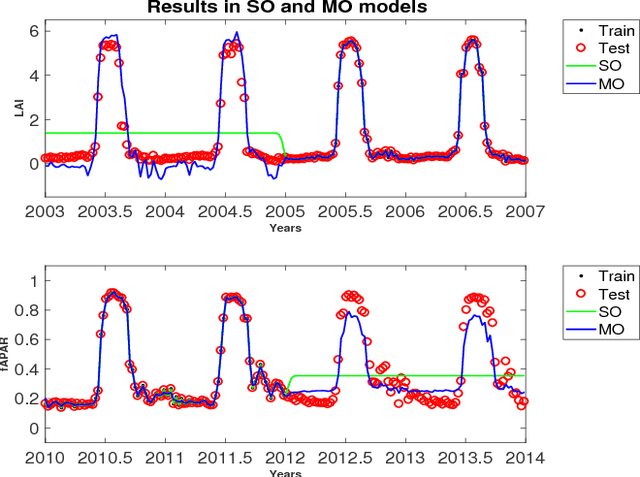
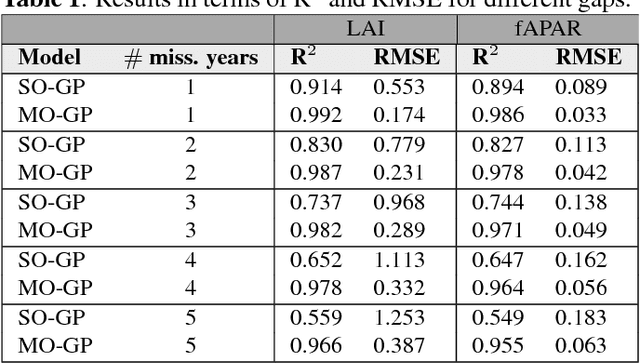
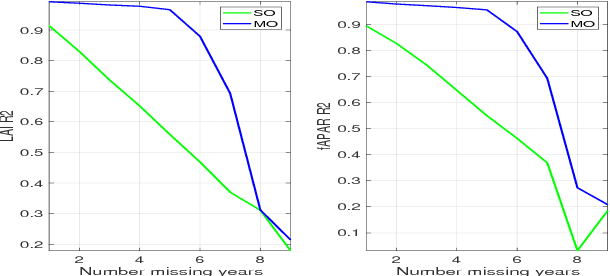
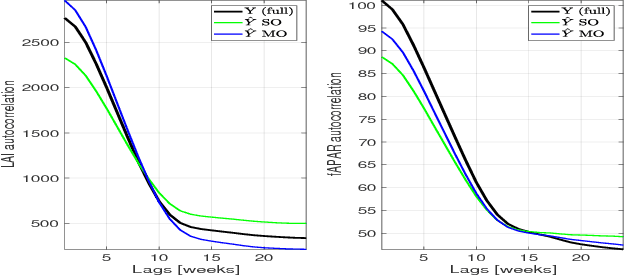
Abstract:In this work we evaluate multi-output (MO) Gaussian Process (GP) models based on the linear model of coregionalization (LMC) for estimation of biophysical parameter variables under a gap filling setup. In particular, we focus on LAI and fAPAR over rice areas. We show how this problem cannot be solved with standard single-output (SO) GP models, and how the proposed MO-GP models are able to successfully predict these variables even in high missing data regimes, by implicitly performing an across-domain information transfer.
* 4 pages, 3 figures
 Add to Chrome
Add to Chrome Add to Firefox
Add to Firefox Add to Edge
Add to Edge